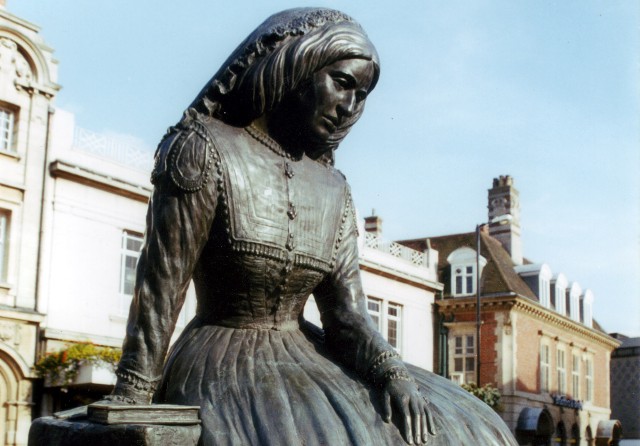Middlemarch and beyond
George Eliot’s masterpiece Middlemarch is rated one of the finest English novels of all time, and her fiction has won fans from Charles Dickens and Virginia Woolf to modern readers. Come for a tour to uncover the intriguing life of Mary Ann Evans (aka Eliot), and the North Warwickshire countryside and characters that influenced her writing.
Born on the Arbury Estate in 1819, Mary Ann Evans grew up in and around Nuneaton, and developed her freethinking views amid radical social circles in Coventry. Her later, ‘scandalous’ relationship with the already married George Henry Lewes in London saw her ostracised by her family. But writing from afar as George Eliot she returned again and again in her fiction to the places and people of her youth: painting characters with groundbreaking psychological realism and descriptions of rural life that combined beauty with a keen awareness of industrial and social change.
Coventry – Middlemarch
Coventry is a good place to begin your visit: it’s believed Eliot modelled the fictional Midlands town of Middlemarch on Victorian Coventry, and while no specific buildings can be identified, historical circumstances like the coming of the railway and the need for a fever hospital ring true. The ‘web of society’ that the author wove into what she called her ‘Study of Provincial Life’ was also well known to her, from the gentry and clergy to farmers. Little wonder that characters such as Dorothea Brooke, Edward Casaubon, Dr Lydgate and the hypocritical banker Bulstrode live and breathe to this day.
While physical clues to Middlemarch may be lacking, you can still find Eliot haunts around the city. From 1832 she boarded at Nant Glyn School run by the Misses Franklin, where she read widely and excelled at English composition, French, piano playing and painting, and developed an increasing religious ardour. The school building (now occupied by an estate agent) is on Warwick Row in the city centre. A decade later 22-year-old Eliot would live with her father Robert Evans when he retired to Bird Grove in what is now George Eliot Road, in Foleshill on the city outskirts, and she became involved in the ‘Rosehill Circle’ of intellectuals.
Staying in the city centre, drop into Holy Trinity Church, which Eliot attended before her freethinking religious beliefs caused her to stay away, greatly upsetting her father. Eventually they compromised: Eliot could think as she wished so long as she dutifully appeared at church. There’s now a plaque in the north aisle commemorating her attendance 1840–49.
Meanwhile, readers of Eliot’s Adam Bede (1859) who visit the Great Hall at St Mary’s Guildhall will surely recognise the “grand old hall” of Hetty Sorrel’s trial for murder: where midday light “was shed through a line of high pointed windows, variegated with the mellow tints of old painted glass” and “the shadowy memories of old kings and queens” had fled as “not a soul in the vast hall felt the presence of any but a living sorrow, which was quivering in warm hearts.” Eliot got the idea for her story of a girl charged with murdering her child from a real-life account told to her by her aunt Elizabeth Evans.
A short walk away at the Herbert Art Gallery & Museum the Middlemarch section in the History Gallery features items owned by Eliot including a writing cabinet and kid leather gloves. A painting of the author by Durade is also here; Eliot had sat for him in 1850 at his request “not mine”, she was quick to point out. “The idea of making a study of my visage is droll enough.” In the Connected display you can see her grand piano, bought on her 50th birthday by her long-term partner George Henry Lewes. Paintings, drawings, books, letters and photographs relating to Eliot and her Rosehill Circle of friends can also be accessed.
Childhood and The Mill on the Floss
Drive half a dozen miles north of Middlemarch / Coventry to discover Eliot’s rural roots. Redbrick Griff House, between Bedworth and Nuneaton, was her childhood home from 1820 until 1841, the family having moved here from her South Farm birthplace on the Arbury Estate when she was just four months old. Christened Mary Ann Evans, she was the third of five children of Robert Evans – land agent on the estate – and his second wife, Christiana.
Eliot’s experiences of growing up at Griff with her brother Isaac were poured into The Mill on the Floss (1860): depicting the childhood days of bossy Tom Tulliver and his headstrong sister Maggie who longs for the intellectual freedoms denied to conventional Victorian women. Eliot’s “Dear old Griff” is re-imagined as the Tullivers’ “trimly-kept, comfortable dwelling house” with its “great attic that ran under the old high-pitched roof” where Maggie “fretted out all her ill-humours” – her “favourite retreat on a wet day”.
Now The Griff House Beefeater & Nuneaton Premier Inn, Eliot’s home has changed somewhat inside, but it’s a friendly place to eat and stay, and to imagine young Mary Ann squirreling away observations that she would channel into her later tales. Visiting aunts, for example, were satirically recreated as Aunts Deane, Glegg and Pullet in The Mill on the Floss – who can forget health-obsessed, tear-prone Aunt Pullet triumphantly declaring: “there wasn’t many months in the year as I wasn’t under the doctor’s hands.” The gravestone of the real-life inspiration for Pullet, Eliot’s aunt Mrs Johnson, is at St James Church, Bulkington a few miles to the south.
The George Eliot Fellowship has plans to turn outbuildings at Griff House into the George Eliot Visitor Centre. Meantime, take a walk along the Griff Arm of the Coventry Canal to Griff Hollows: re-cast in The Mill on the Floss as Red Deeps where Maggie’s imagination conjures up “visions of robbers and fierce animals haunting every hollow.” It’s here too that she has secret romantic meetings with Philip Wakem, the son of her father’s worst enemy. You might also recall Eliot’s lyrical lines from her Brother and Sister sonnet sequence (1869):
“The wide-arched bridge, the scented elder-flowers,
The wondrous watery rings that died too soon,
The echoes of the quarry, the still hours
With white robe sweeping-on the shadeless noon,
Were but my growing self, are part of me,
My present Past, my root of piety.”
Arbury, Astley and Mr Gilfil’s Love Story
By the time Eliot began writing her fiction in the 1850s, town-dwellers outnumbered country-dwellers. Her rural descriptions, of hedgerows with may blossom, freshly ploughed fields, streams and old orchards, greatly appealed to the growing urban readership, just as they refresh our modern spirits. Yet Eliot also portrayed how the countryside was being dug up for coal, canals and railways, an aspect of her work highlighted in ‘The Unofficial George Eliot Countryside’. Download the 3hr / 11k walking trail, which leads from Griff House and through the Arbury Estate, to find out more.
At the heart of the estate stands Arbury Hall (normally open to visitors on Bank Holiday weekends, April to August). Eliot often went to the Hall with her father when he was conducting business there – Robert Evans was the inspiration for the honest estate manager Caleb Garth in Middlemarch and for the titular character of Adam Bede, a novel Eliot would describe as “a country story – full of the breath of cows and the scent of hay.”
While her father was with his employer at the Hall, Eliot sat with the housekeeper and listened to servants’ chatter. The history of how Sir Roger Newdigate Gothicised Arbury Hall in the 18th century re-emerged in details of Cheverel Manor in Mr Gilfil’s Love Story, one of the three stories in Eliot’s first published novel, Scenes of Clerical Life (1857). Even now you can recognise the “castellated house of grey-tinted stone”, its saloon with tracery “like petrified lace-work” and family portraits. In real life Eliot was given special permission to use Arbury’s library – a wonderful stimulus to her learning and imagination.
Follow Eliot to nearby Astley Castle, where she went with her father on visits to Colonel Newdigate, the son of Evans’s employer. In Mr Gilfil’s Love Story the Castle appears as Knebley Abbey – what would Eliot think today? The Landmark Trust has transformed the historic moated site by stitching self-catering accommodation into its ruined walls, offering you a truly remarkable stay (sleeps 8; 2 twin, 2 double).
Neighbouring Astley Church – where Eliot’s parents married in 1813 – features as Knebley’s “wonderful little church, with a chequered pavement” and “coats of arms in clusters on the lofty roof, marble warriors and their wives without noses occupying a large proportion of the area”. The poignant plot of Gilfil marrying a talented singer echoed (with certain crucial changes of detail) that of the real-life vicar of the church, Bernard Ebdell. But as ever, Eliot’s writing is not without its comic details, including Gilfil’s haphazard approach to choosing his sermons, “taking them as they came, without reference to topics”.
Also close by is Astley Book Farm & Coffee Shop, home to some 75,000 second-hand and antiquarian tomes including plenty of George Eliot books. In childhood she roamed the nearby fields with her brother Isaac and in later life recalled her beloved North Warwickshire countryside in “the memory of that warm little nest where my affections were fledged.” When you’re sitting ensconced in a leather chair with one of her novels at the Book Farm it feels rather nest-like too.
Scenes of Clerical Life: from Stockingford to Chilvers Coton
Continuing with Scenes of Clerical Life and the struggles of clergymen, visit St Paul’s Church, Stockingford, beyond the gates of Arbury Park on the northern side of the estate: the cue to delve into Janet’s Repentance and its saga of social unrest and clashing religious views.
Eliot transformed St Paul’s into the story’s chapel-of-ease in Paddiford Common, described as “a dismal district where you heard the rattle of the hand-loom and breathed the smoke of coal-pits” – modelled on the Stockingford of Victorian Nuneaton. We hear that Edgar Tryan, the evangelical curate of Paddiford Common, “held peculiar opinions” and while at first this could be dismissed as something “which any well-clad person could avoid”, soon enough his evangelicalism “was invading the very drawing-rooms.”
What happened next? We’ll find out later on our tour, in Eliot’s ‘Milby’ (Nuneaton). For the moment, suffice to say that the Reverend Tryan had a real-life counterpart in the Reverend John Edmund Jones, curate-in-charge at St Paul’s from 1828 to 1831. Jones’s brother was so aghast at the similarities in the story that he even wrote to complain. You can read a rather touching memorial to Jones (on the wall facing you as you enter St Paul’s) which records his faithful service and early death “in the 34th year of his age.”
En route to Milby / Nuneaton, pause at Chilvers Coton where the Heritage Centre, used by the George Eliot Fellowship for many of its meetings, is housed in what was once the free school. As well as eclectic collections relating to Nuneaton’s past, there’s a Victorian Schoolroom whose wooden desks with inkwells and teacher’s high stool conjure up the bygone era. In Eliot’s first story in Scenes, The Sad Fortunes of the Reverend Amos Barton, she paints a picture of free-school teachers only too eager to pass on the gossip that the Countess who had taken advantage of Amos’s hospitality has suddenly departed.
All Saints Church at Chilvers Coton appears as Shepperton Church in Amos Barton, its “substantial stone tower” and “intelligent eye, the clock” still clearly recognisable today. In the tale Amos, the well-meaning but maladroit curate of Shepperton helps to precipitate the death of his wife Milly in a bleak evocation of clerical poverty and the weary lot of many ordinary women worn out by child bearing and life-sapping drudgery. Inspirations for the characters came from Chilvers Coton: Amos and Milly being modelled on the Reverend John Gwyther and his wife Emma; the latter’s tomb is in All Saints’ graveyard.
You will also find the tombs of Eliot’s parents, their baby twins, and Eliot’s brother Isaac and family in the graveyard. It was at All Saints, too, that a week-old Mary Ann Evans (Eliot) was baptised in 1819 – by an unsuspecting Reverend Ebdell, no less, who was to be incarnated much later as the fictional Reverend Gilfil.
What’s in a name?
When Eliot signed the register as a witness to her sister Chrissey’s marriage at All Saints Church in 1837, she spelled her name ‘Mary Ann’ – she was christened Mary Anne, but the ‘e’ fell by the wayside and foreshadowed a series of name tinkerings that reflected changing phases in her life: among other things she would style herself Marian Evans (perhaps more sophisticated and less countrified than Mary Ann), Marian Evans Lewes (from 1854 when she was in a long-term relationship with George Henry Lewes), and Mary Ann Cross (from 1880 when married to John Cross).
As to calling herself George Eliot, the author told her publisher in 1857 that she had decided upon a nom de plume because it “secures all the advantages without the disagreeables of reputation” – she wanted her work to be judged without her ‘scandalous’ living arrangements with Lewes to colour critical views of her writing, and a masculine name was more likely to mean her work would be taken seriously. ‘George’ came from Lewes, while ‘Eliot’, she said, was “good, mouth-filling and easily pronounced”.
Nuneaton and ‘Milby’
So what does happen in Janet’s Repentance as the Reverend Tryan’s evangelical ideas threaten to invade the drawing rooms of conventional gentlefolk? Not least, the hard-drinking, wife-beating braggard lawyer Dempster and his associates stir people up to try to stop Tryan giving lectures at Milby Church – St Nicolas Church, Nuneaton on our trail, which Eliot knew well from when she went to school in the town before transferring to Coventry.
In the centre of Nuneaton on Bridge Street you’ll come across The George Eliot (formerly The Bull Hotel), which has been identified as The Red Lion where Dempster plotted, drank and took snuff, and from whose upper windows he incited the mob against Reverend Tryan and his supporters (be assured, there’s a friendly atmosphere in today’s pub, with cask ales served in cosy booths!).
In the end Dempster’s wife Janet, forced to flee her home and subsequently aided by Tryan, casts aside her hostility towards the curate and is at his bedside when he dies exhausted by his parish work. Asked by her publisher to tone down the grimness of the story, Eliot stuck to her guns, insisting, “the real Dempster was far more disgusting than mine; the real Janet alas! had a far sadder end than mine.”
Indeed, Eliot’s tale does have some basis in fact in the uproar caused when the Reverend J E Jones, evangelical curate of Stockingford, obtained a licence to deliver lectures in Nuneaton’s St Nicolas Church. In the graveyard of St Nicolas you can see the names of people claimed to be the real-life models for protagonists in the story (and other Eliot stories), including a certain Mr Buchanan, re-created as lawyer Dempster.
Nuneaton hails George Eliot
Eliot always regretted that her unconventional living arrangements with George Henry Lewes in London alienated her from her family in Warwickshire – one reason why, encouraged by Lewes, she returned with such fervour in her fiction to the characters and countryside she had known. When she married John Cross in 1880 she did, to her delight, receive a congratulatory letter from her brother Isaac, breaking 23 long years of silence; it took Nuneaton a little longer to commemorate its famous daughter but it has more than made up for the omission.
Today there’s a superb statue of Eliot, sculpted by local artist John Letts, in Newdegate Square, while every June the George Eliot Memorial Garden, located where the garden of Dempster House (Janet’s Repentance) ran down to the river, is the focal point for a wreath-laying event in the author’s honour, led by The George Eliot Fellowship.
The Fellowship also holds an annual George Eliot Weekend in May featuring lectures and a guided country tour including to Griff House, Arbury Hall, Chilvers Coton and Astley (it runs occasional tours at other times of year too). On the Sunday closest to Eliot’s birthday (22 November), the Fellowship celebrates with a Birthday Luncheon and toast to ‘The Immortal Memory of George Eliot’.
Do also drop into Nuneaton Library, which holds one of the prime collections on George Eliot in Britain including more than 2,000 books, facsimiles of 190 letters and an array of scrapbooks (appointments to view rarer materials need to be booked in advance). You can view letters online via the library’s website (Eliot, for example, writing to a friend about her forgetfulness and one of her many headaches) and listen to podcasts of walking and driving tours.
For a fitting finale visit the galleries dedicated to George Eliot in Nuneaton’s handsome redbrick Museum & Art Gallery, home to an internationally important collection of some 200 objects associated with the author’s life. Personal items like her dress and boots evoke her tastes and illustrate the great affluence she derived from her writing, with fans ranging from Charles Dickens to Queen Victoria.
Some of the highlights of the collection – her father’s diary, a supper set – feature in the reconstructed drawing room based on Eliot’s home The Priory (London), which she shared with George Henry Lewes, the man who fostered her genius for nearly 25 years. Explore more of her inspirations in The Writing Room – and tell your own stories.
Can't wait to visit? Explore the George Eliot collections at Nuneaton Museum & Art Gallery, Nuneaton Library, Coventry Archives and the Herbert Art Gallery & Museum at the Exploring Eliot website.
Want to stay when you visit? As well as The Griff House Beefeater & Nuneaton Premier Inn and Astley Castle, find ideas in our Top 20 places to stay or eat with a story to tell.
Thanks to The George Eliot Fellowship for much source material in the writing of this tour.
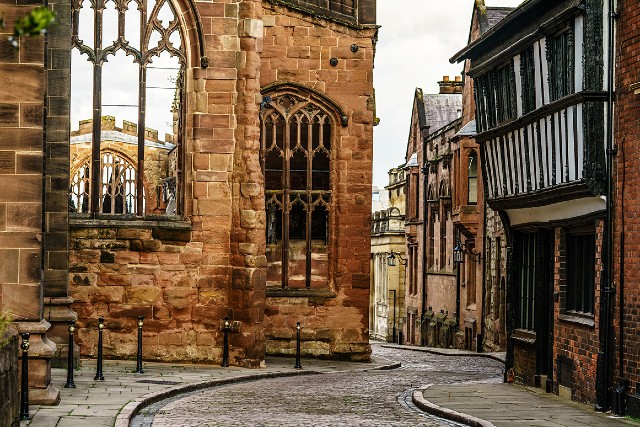
St Marys Guildhall, Coventry
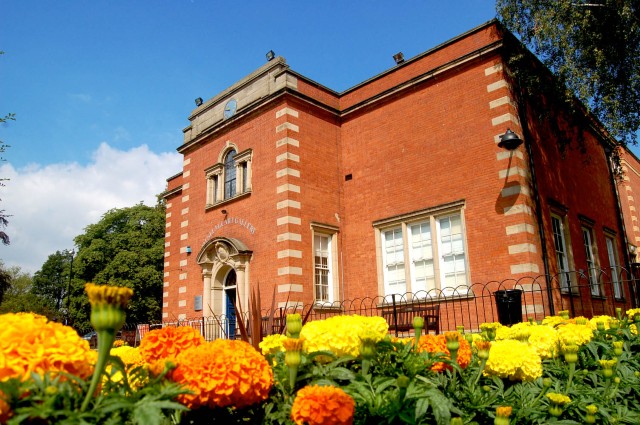
Nuneaton Museum and Gallery
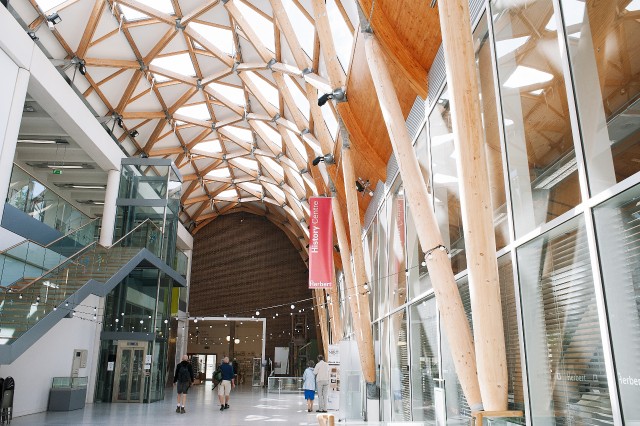
Herbert Art Gallery and Museum
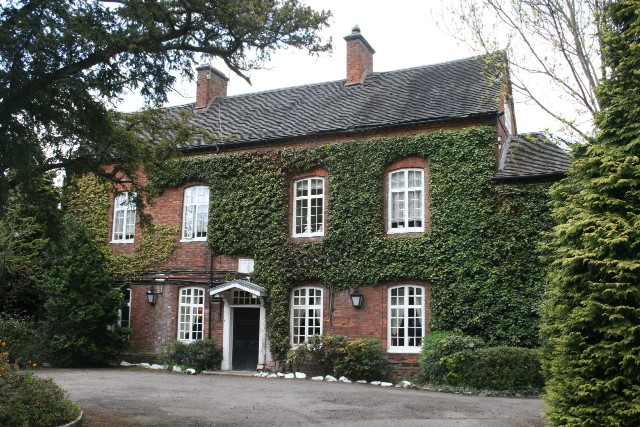
Griff House, Nuneaton
Copyright George Eliot Fellowship
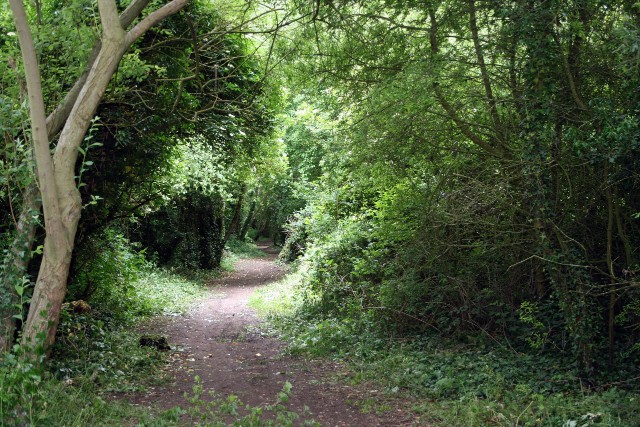
Griff Hollows
Copyright George Eliot Fellowship
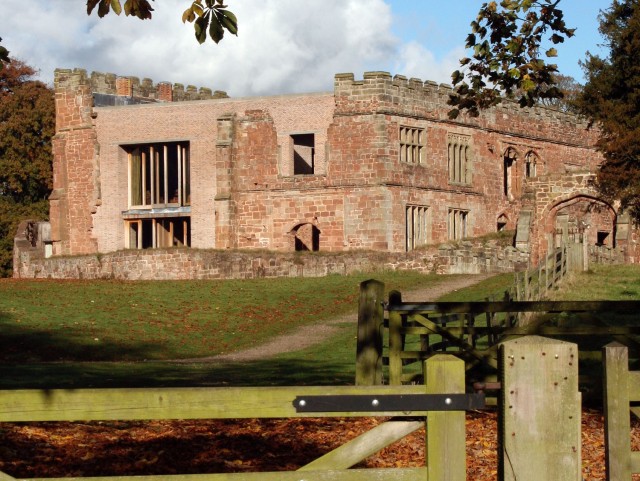
Astley Castle
Copyright George Eliot Fellowship
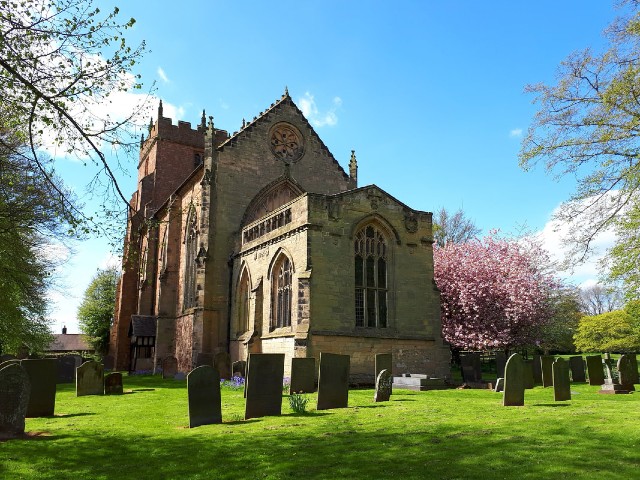
Astley Church, Nuneaton
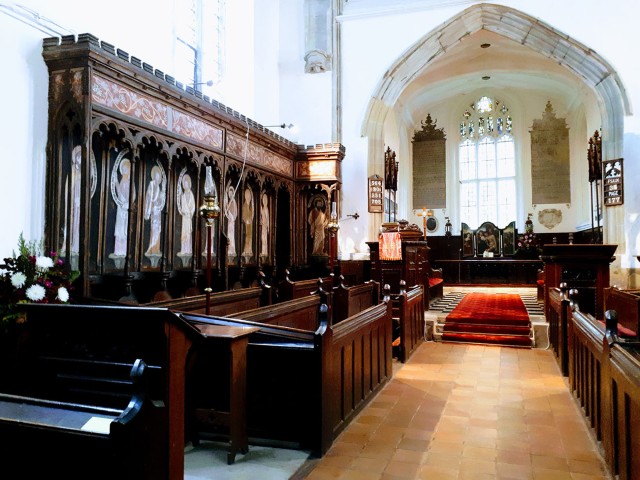
Astley Church interior
Copyright North Warwickshire Tourism
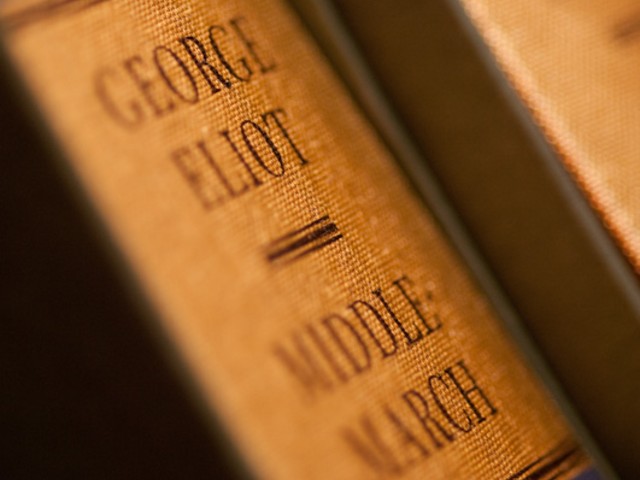
Astley Book Farm - George Eliot books
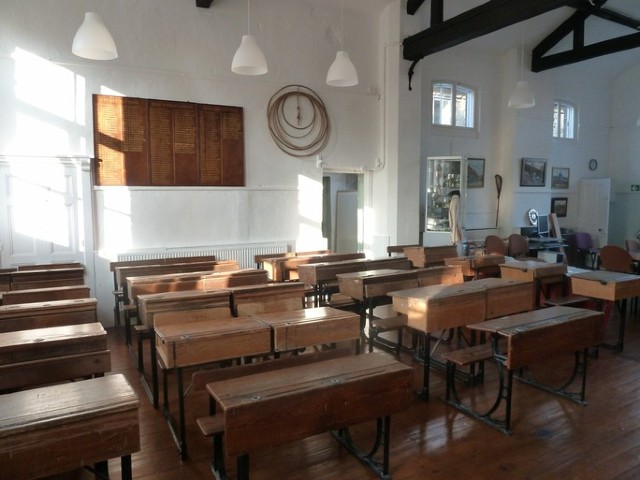
Heritage Centre, Chilvers Coton
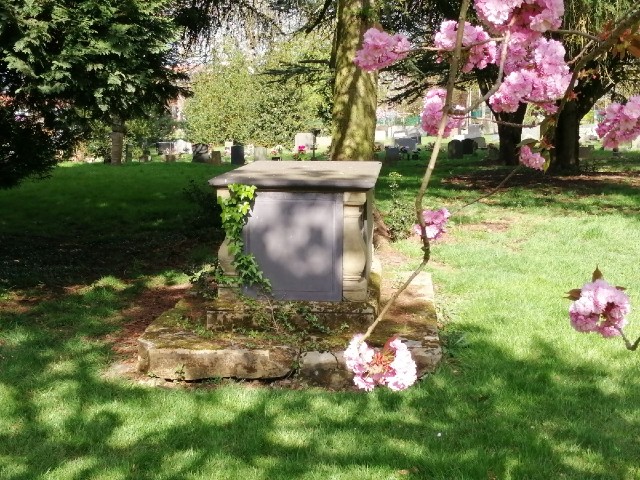
George Eliot's parents grave
Copyright George Eliot Fellowship
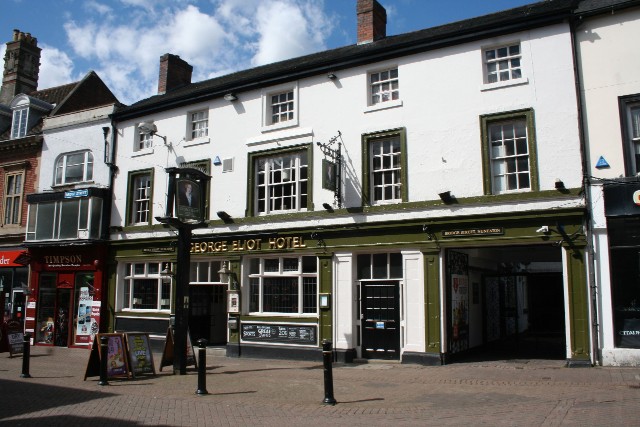
George Eliot Hotel, Bridge Street
Copyright George Eliot Fellowship
